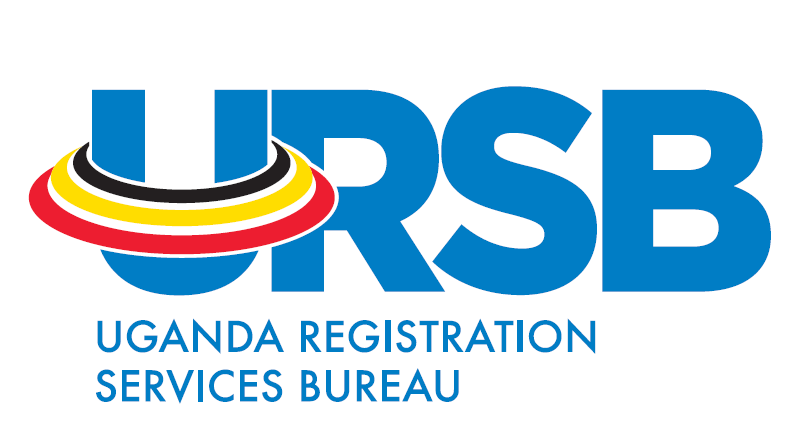Geographical Indications
Geographical Indications
A geographical indication (GI) is a sign used on products that have a specific geographical origin and possess qualities or a reputation that are due to that origin. In order to function as a GI, a sign must identify a product as originating in a given place. In addition, the qualities, characteristics or reputation of the product should be essentially due to the place of origin. Since the qualities depend on the geographical place of production, there is a clear link between the product and its original place of production.
What rights does a geographical indication provide?
A geographical indication right enables those who have the right to use the indication to prevent its use by a third party whose product does not conform to the applicable standards. For example, in the jurisdictions in which the Darjeeling geographical indication is protected, producers of Darjeeling tea can exclude use of the term “Darjeeling” for tea not grown in their tea gardens or not produced according to the standards set out in the code of practice for the geographical indication.
However, a protected geographical indication does not enable the holder to prevent someone from making a product using the same techniques as those set out in the standards for that indication. Protection for a geographical indication is usually obtained by acquiring a right over the sign that constitutes the indication.
For what type of products can geographical indications be used?
Geographical indications are typically used for agricultural products, foodstuffs, wine and spirit drinks, handicrafts, and industrial products.
How are geographical indications protected?
There are three main ways to protect a geographical indication:
- So-called suigeneris systems (i.e. special regimes of protection);
- Using collective or certification marks; and
- Methods focusing on business practices, including administrative product approval schemes.
These approaches involve differences with respect to important questions, such as the conditions for protection or the scope of protection. On the other hand, two of the modes of protection namely:-
- Suigeneris systems and,
- Collective or certification mark systems
-share some common features, such as the fact that they set up rights for collective use by those who comply with defined standards.
Broadly speaking geographical indications are protected in different countries and regional systems through a wide variety of approaches and often using a combination of two or more of the approaches outlined above. These approaches have been developed in accordance with different legal traditions and within a framework of individual historical and economic conditions.


